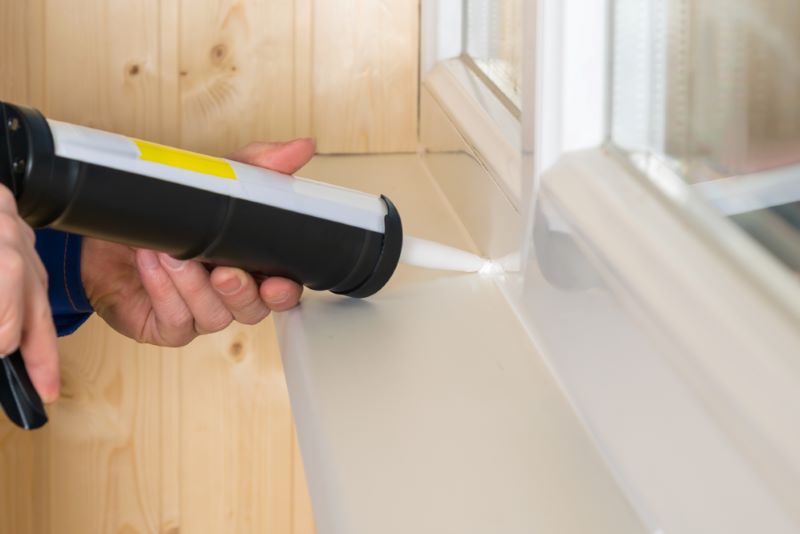Click here to get this post in PDF
As average property prices continue to skyrocket, buy-to-let landlords are keen to snap up every bargain home that goes under the hammer. Many of which are turning to specialist refurb-to-let products, in order to overcome the difficulties associated with this form of house-flipping.
Securing finance to conduct refurbishments before letting out a property has traditionally proved difficult for landlords. Picking up affordable fixer-upper homes at auction has rarely been an issue, with fast-access funding like development finance readily available.
But once a home in need of major renovations has been purchased, obtaining the additional funds needed to conduct them can be more of a challenge. This is due in part to the fact that most major lenders are unwilling to lend against homes in a poor state of repair.
Where a property is considered unmortgageable in the conventional sense, most banks will refuse to lend money against it. This includes funds for refurbishments and renovations, leaving many landlords in a difficult position.
What is Refurb-to-Let?
A refurb-to-let loan, also known as a short-term-to-let or bridge-to-let, is a specialist form of bridging finance for this exact purpose.
The facility is issued in the form of a conventional bridging loan, enabling time-critical purchases to be made (such as at auction). All funds needed to cover the purchase of the property are provided by the lender, along with additional funds to finance the subsequent refurbishments.
Refurb-to-let bridging finance can be secured against any type of property, making it perfect for picking up homes in a poor state of repair. The property is purchased, the renovations are performed, and the property is let out to tenants to generate regular rental income.
What makes a refurb-to-let loan unique is how the original bridging loan is transferred to a longer-term facility (such as a mortgage), when the initial term comes to an end. This negates the need for the property to be sold, in order to raise the funds needed to repay the loan.
Given how BTL landlords typically wish to retain their properties long-term, refurb-to-let can be a particularly useful facility for purchasing, improving and letting out low-cost homes.
How Much Can I Borrow with Refurb-to-Let?
Refurb-to-let works in the same way as a conventional bridging loan issued as promptly as possible and designed to be repaid within around six months. The maximum loan amount will be determined by the value of the property (or other assets) the loan is secured against.
Most lenders will issue refurb-to-let loans with a maximum LTV of around 80%, but it is nonetheless possible in some instances to cover 100% of the project’s costs. Interest is charged on a monthly basis, typically around 0.5%, and all borrowing costs are ‘rolled up’ to maximise cash flow while the renovations are being performed.
Enlisting independent broker support at an early stage can help ensure you get the best possible deal on your refurb-to-let loan. Your broker will also help you determine whether refurb-to-let is a suitable option, or whether an alternative bridging solution could better-suit your requirements.
You may also like: How an adjustable-rate mortgage works vs. a fixed
Image source: Depositphotos.com

